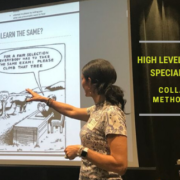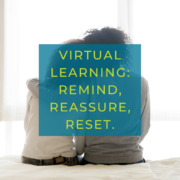How-To Stay in the Know: News for High Schoolers

With the almost constant connectivity and media availability for today’s adolescents, high schoolers have the option to remain in the know at all times. Especially today, while major national and global news stories are constantly rolled out, students should have no issue staying informed. However, like all technology and social media, students need to be careful with what they are watching and the information that they are receiving. Below are important pointers and suggestions for staying up on current events with high school-aged students.
Be aware of the inevitable biases present in news media. Whether reading articles, watching national or local news outlets, or simply receiving social media updates and tweets, teens need to be aware of the fact that nearly every news story contains some thread of subjectivity or bias. Of course, people in the business of reporting the news go to great lengths to simply report—with total impartiality. However, the human component of news just inevitably does not allow for stories to remain 100 percent neutral at all times. For this reason, students should know how to identify bias in anything they watch or read involving news. Questions to ask include: What is the purpose of relaying this particular story, i.e., who will benefit from knowing or learning about this? Who might this news story be targeting? Is there a recognizable tone in the story or clip?
Know the difference between credibility unreliability. Hopefully, by high school, students have experienced and completed enough research assignments to identify credible sources. However, when it comes to news stories, news media is so prevalent these days that accurate stories can easily be spun or altered and quickly posted to a pseudo-reliable news source. Fact-checking is something that high school students can do in order to double check a source that may seem unreliable. Of course, Wikipedia, every high schooler’s favorite resource for “research,” can be helpful, but only if students fact-check the links and sources at the bottom of the Wikipedia pages.
Teens should utilize age-appropriate outlets to ensure that the news is something that they can understand and appreciate. Many issues or headlines are not only disturbing or violent, but confusing as well. Scholastic, Time Magazine, and CNN all provide student-friendly episodes, articles, and other resources so that current events are academically accessible and appropriate for high schoolers.







